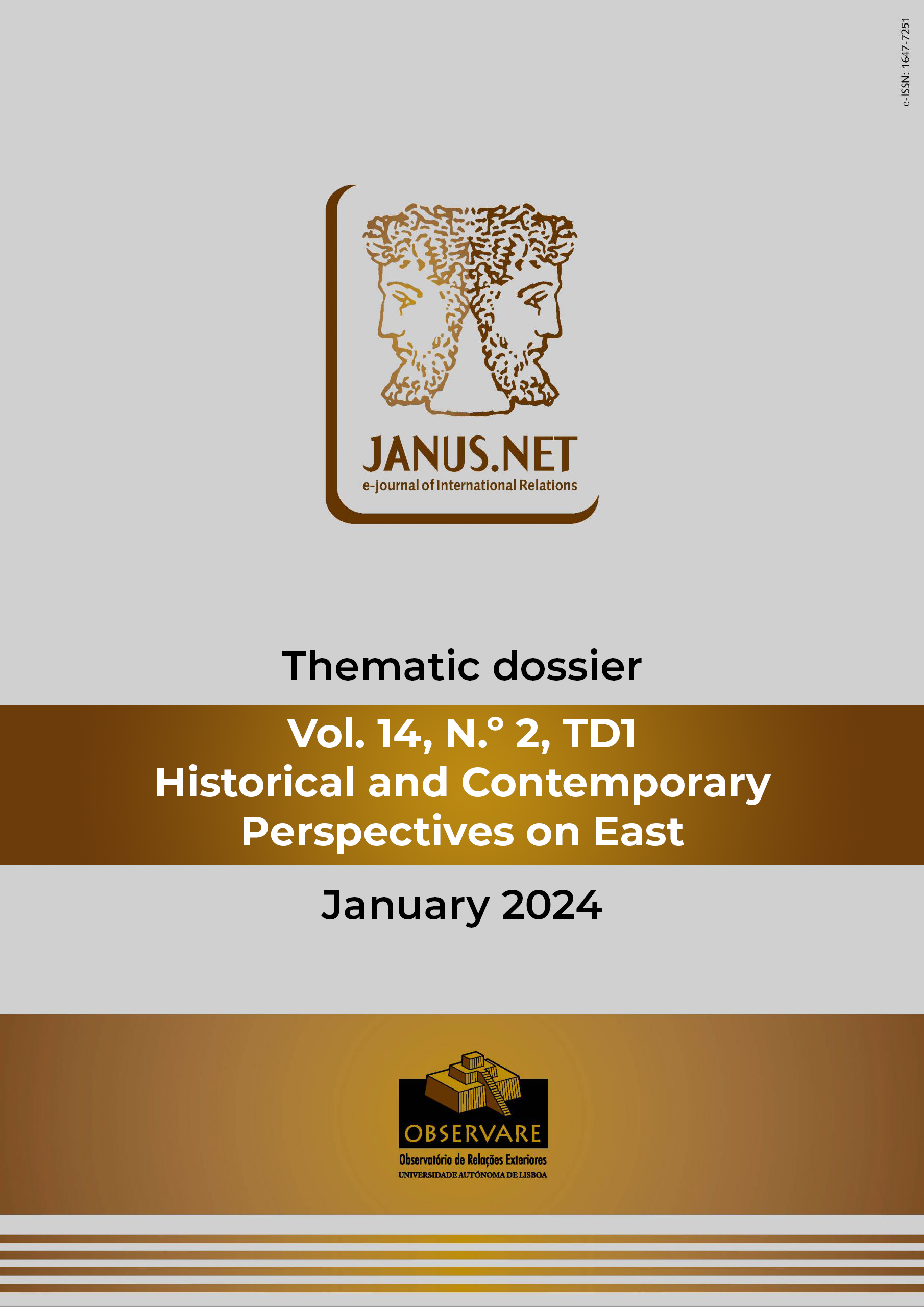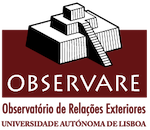TRADE, ETHNIC DIVERSITY AND ASSIMILATION IN THE PORTUGUESE-CREOLE COMMUNITY IN THE MELAKA-SINGAPORE REGION, 1780-1840
DOI:
https://doi.org/10.26619/1647-7251.DT24.1Keywords:
Mixed race (studies), mixed/creole Portuguese, transitional period 18-19th century, tribe theory, Melaka (Malacca), Singapore, Dutch/British colonial period in MalayaAbstract
The story of the Portuguese/mixed Portuguese/Portuguese Eurasian community in Singapore and Malaysia saw increasing voice (albeit in different intensity) on both sides of the border to assert their identities. While the theories and modelings of mixed race and related studies for contemporary society have made great strides in progress, similar paradigms are not always been applied to the study of communities in history. Past paradigms (involving theory of tribe) have been applied to the study of the Portuguese/mixed Portuguese communities in Southeast Asia, such as by L. Andaya, focuses to some extent on the attributes (traits/outcome) of the community. This paper induces a few perspectives about the Portuguese/mixed Portuguese communities in the Singapore-Melaka region which showed them to locate themselves in more than one strata of society. At the extreme, certain sub-groups could even hold more than one identity. With the sub-group affiliated with the Dutch, which was most well-supported in evidence, the traits were maintained implicitly and explicitly in the families through the women married into them as well as the posts held under the Dutch cum indigenous colonial administration. With the transition into the British era, Portuguese/mixed Portuguese subcommunities embraced Anglicized influence in Melaka and Singapore while the lower subgroups were very likely indigenized further. The political economy of the Dutch (and British) activities in the East Indies impacted directly to mold the traits and behaviors of the Portuguese / mixed Portuguese sub-communities; influencing at times to some extent on the faith and religious aspect of these sub-communities. The formative influences of the 1780- 1840 that the Dutch and British colonial authorities left behind set the tone of the development of these sub-communities in the next hundred years or so.


